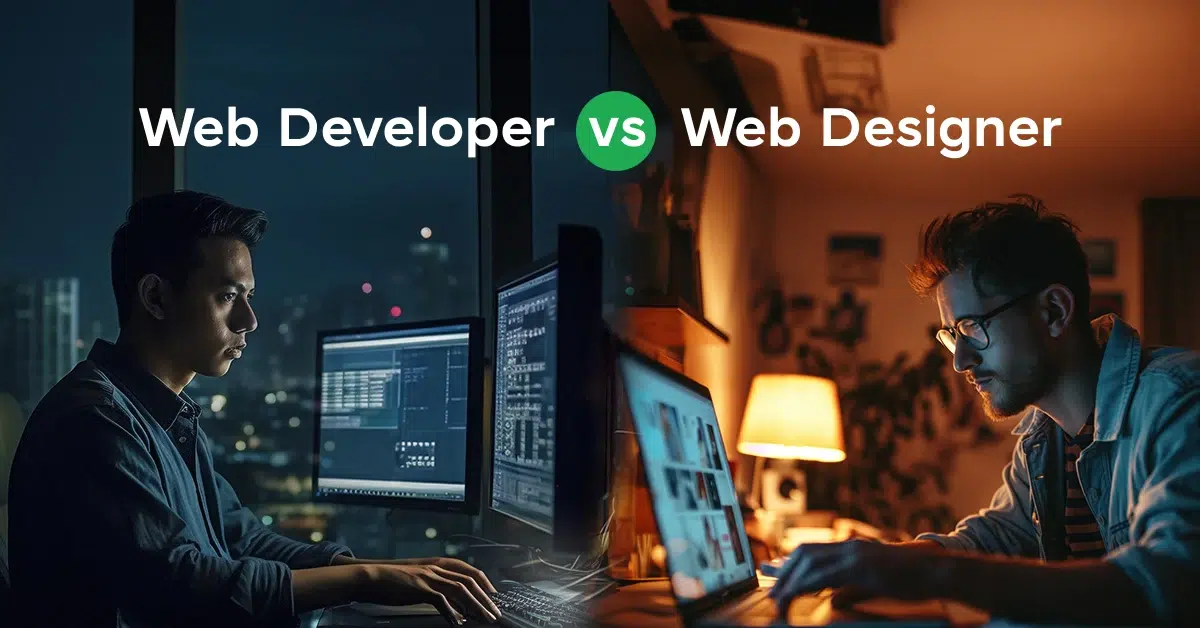
Web Developer vs Web Designer: Key Differences
Mar 18, 2025 5 Min Read 4185 Views
(Last Updated)
In today’s digital age, having a strong online presence is important for businesses and individuals alike. Behind every effective website is a team of professionals who bring it to life, primarily web developers and web designers. Despite both roles contributing significantly to website creation, their responsibilities, skill sets, and tools differ greatly.
This blog aims to explain the roles of web developers and web designers, providing a clear understanding of what sets them apart and how they collaborate to create cohesive and functional websites. Let’s get started!
Table of contents
- Who is a Web Developer?
- Key Skills
- The Role of a Web Developer in the Project Lifecycle
- Who is a Web Designer?
- Key Skills
- The Role of a Web Designer in the Project Lifecycle
- Key Differences Between Web Developers and Web Designers
- Roles
- Skills
- Tools
- Intersection and Divergence in Responsibilities
- Choosing Between Web Development and Web Design
- Personal Interests
- Strengths and Skills
- Learning Style
- Career Goals
- Industry Demand
- Conclusion
- FAQs
- What is the main difference between a web developer and a web designer?
- Can a person be both a web developer and a web designer?
- How do I choose between becoming a web developer or a web designer?
Who is a Web Developer?
A web developer is a technical professional who specializes in developing websites and web applications. Utilizing various coding languages, frameworks, and technologies, web developers transform design concepts into fully functional and interactive digital experiences. Their work involves writing code, testing for bugs, and implementing features that enhance user interaction and website performance.
Key Skills
- React: A JavaScript library for building user interfaces, primarily for single-page applications.
- Angular: A platform and framework for building single-page client applications using HTML and TypeScript.
- Node.js: An open-source, cross-platform, back-end JavaScript runtime environment that runs on the V8 engine and executes JavaScript code outside a web browser.
- HTML (HyperText Markup Language): The standard markup language used to create web pages.
- CSS (Cascading Style Sheets): Used for describing the presentation of a document written in HTML or XML.
- JavaScript: A programming language that allows for the implementation of complex features on web pages, making them interactive and dynamic.
Also Read: How to Become a Web Developer – Your Web Development Career Roadmap
The Role of a Web Developer in the Project Lifecycle
Web developers play an important role throughout the project lifecycle, from planning and development to testing and deployment. In the initial stages, they collaborate with web designers and clients to understand the project requirements and technical constraints. Choosing a trusted web design Geelong company ensures a smooth transition from project planning to development, aligning with technical constraints.
During the development phase, developers write code, integrate databases, and implement functionalities based on the project’s needs. They also play a significant role in testing, identifying, and fixing bugs to ensure the website operates smoothly.
Upon completion, web developers often assist with deploying the site to a live environment and may provide ongoing maintenance and updates. The blend of technical skills, problem-solving abilities, and understanding of web standards makes web developers integral to the creation and success of websites and web applications.
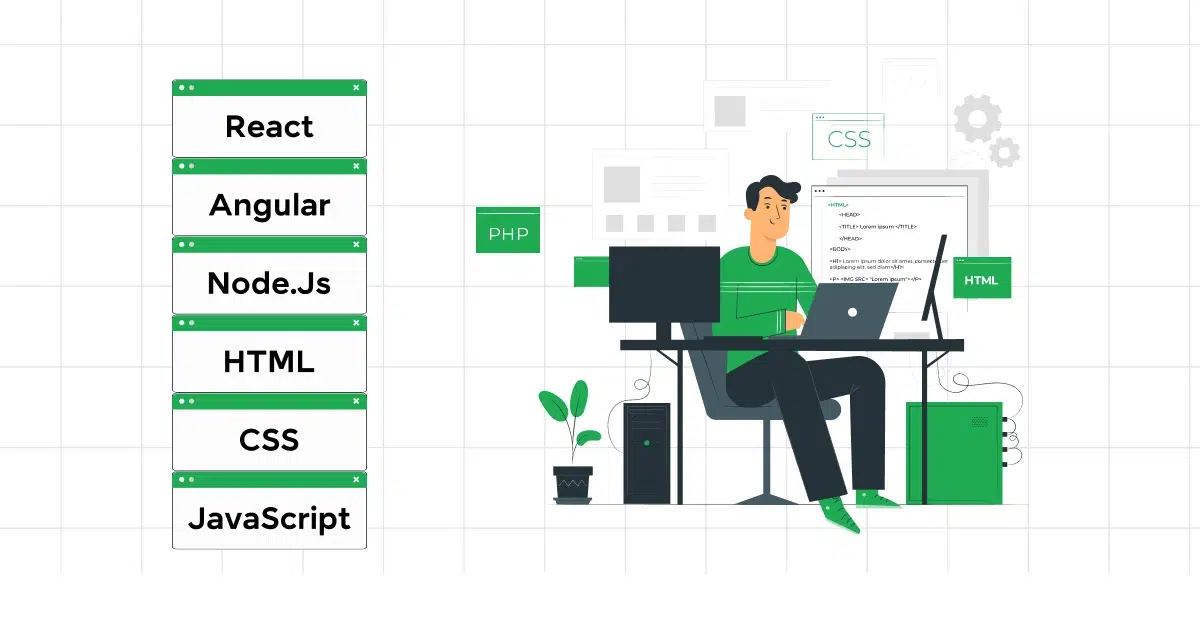
Having explored the important role of web developers in creating the functional backbone of websites, let’s shift our focus to another essential figure in the digital creation process: the web designer.
Before we move to the next section, make sure that you are strong in the full-stack development basics. If not, consider enrolling for a professionally certified online full-stack web development course by a recognized institution that can also offer you an industry-grade certificate that boosts your resume.
Who is a Web Designer?
A web designer is a professional who focuses on the visual aesthetics and usability of a website or web application. They blend creative vision with user-centric design principles to craft engaging digital experiences. Web designers are responsible for creating the look, layout, and features of a website, ensuring that the interface is both appealing and easy to navigate.
Key Skills
- Adobe Photoshop: Widely used for creating and editing graphic designs and images.
- Sketch: A vector-based design tool specifically for digital interfaces.
- Figma: An all-in-one design platform for collaborative interface design, prototyping, and feedback.
- Color Theory: Understanding the psychology of colors and how they influence design and user experience.
- Typography: Choosing and using fonts effectively to enhance readability and convey the right mood or message.
- Layout: Organizing content and elements in a way that guides the user’s eye and ensures a fluid, logical navigation path.
The Role of a Web Designer in the Project Lifecycle
Web designers are integral from the earliest stages of a project. They start by understanding the client’s vision, the target audience, and the purpose of the website. With this insight, they develop initial design concepts, often collaborating with web developers to ensure feasibility.
Through prototyping and user testing, web designers refine their designs based on feedback and usability studies. Even after the site goes live, they may continue to iterate on the design, based on user data and evolving brand goals.
Their work ensures that the website not only looks appealing but also provides a seamless and enjoyable user experience.
Also Read: Web Development vs App Development: An Intense Analysis
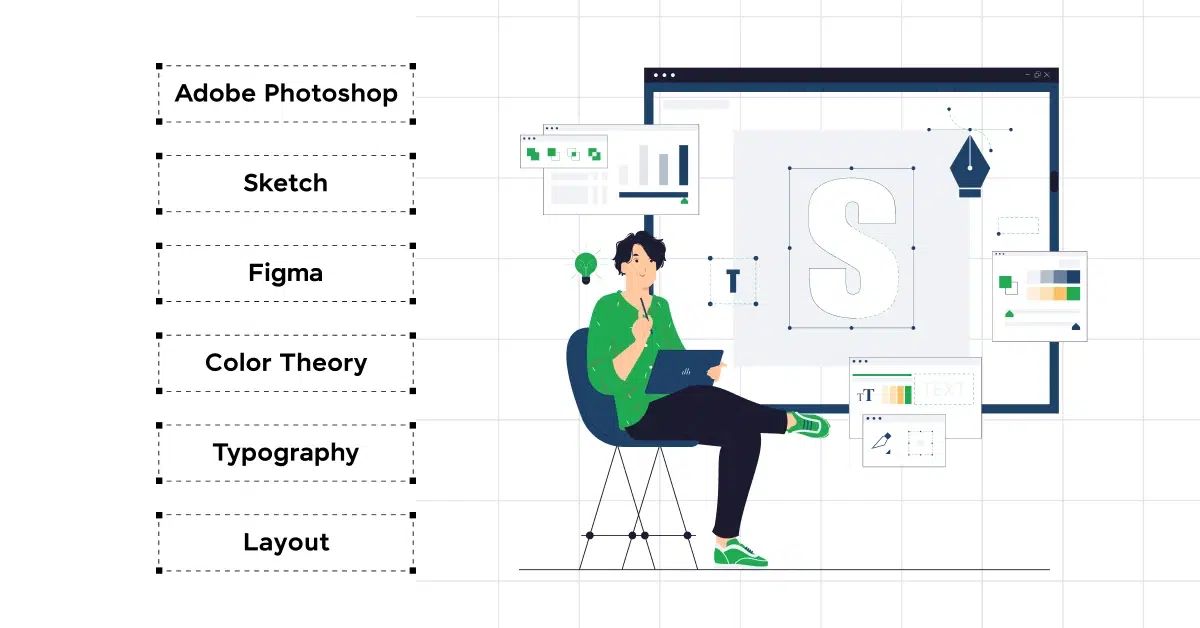
Building on our understanding of who a web designer is, let’s learn the differences that distinguish web designers from web developers.
Key Differences Between Web Developers and Web Designers
Web developers and web designers play distinct yet complementary roles in website creation, each bringing a unique set of skills, tools, and perspectives to a project. Understanding the key differences between them is important for appreciating how they collaborate to bring digital experiences to life.
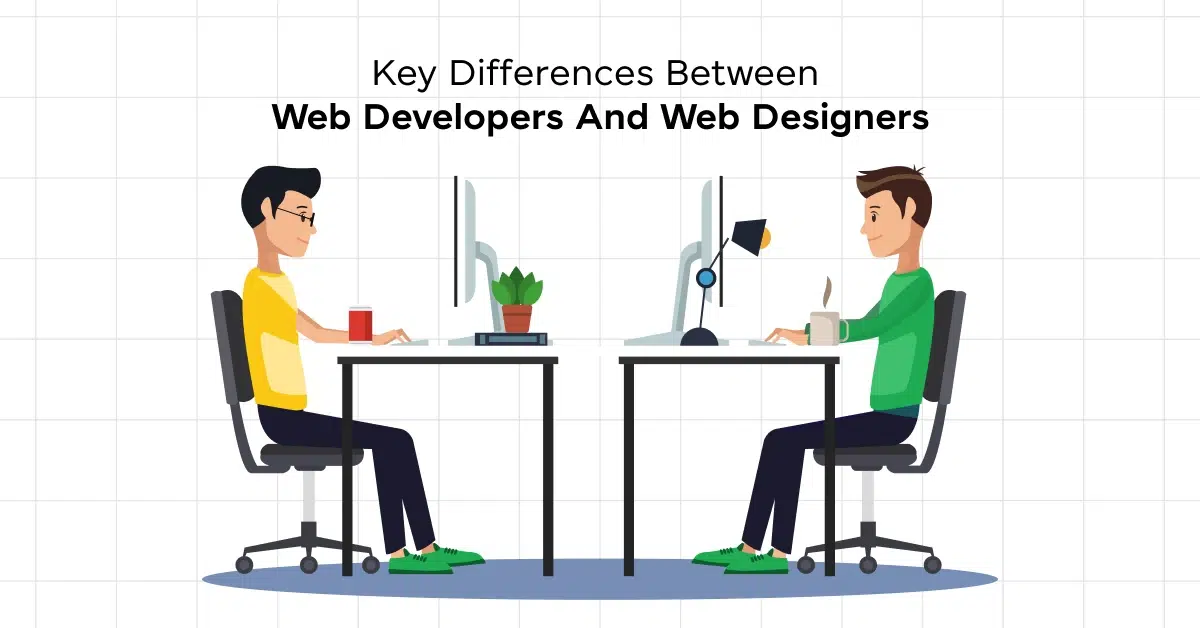
Roles
- Web Developers focus on the functionality and structure of a website, turning design concepts into a working site. They deal with the technical aspects of building and maintaining websites, ensuring the site operates efficiently and as intended.
- Web Designers concentrate on the visual and experiential aspects of a website, ensuring the site is engaging, user-friendly, and aesthetically pleasing. Their role is to design a compelling user interface and user experience, considering the target audience and brand identity.

Skills
- Web Developers primarily utilize coding and programming skills. They are proficient in languages such as HTML, CSS, and JavaScript for front-end development, languages like Python, Ruby, and PHP, and tools like SQL for back-end development. Knowledge of frameworks and libraries such as React, Angular, and Node.js is also essential.
- Web Designers use design-oriented skills, focusing on color theory, typography, layout design, and visual communication. They are adept in design software like Adobe Photoshop, Sketch, and Figma. Understanding the basic principles of UX/UI design is also important for creating intuitive and attractive designs.
Tools
- Web Developers work with code editors (like Visual Studio Code), version control systems (like Git), and development frameworks (such as Django for Python, or Express for Node.js). Their tools are geared towards writing, testing, and debugging code.
Must Explore: Top 9 Web Development Tools
- Web Designers utilize design and prototyping tools such as Adobe XD, Figma, and InVision. They also use image editing software like Adobe Photoshop and Illustrator to create custom graphics and visual elements.
Intersection and Divergence in Responsibilities
The responsibilities of web developers and web designers often intersect in the early and late stages of a project. During the planning phase, both collaborate to understand project requirements and ensure the proposed design is technically feasible. As the project progresses, their paths diverge:
- Web Designers focus on crafting the visual layout, designing the user interface, and optimizing the user experience through prototypes and wireframes.
- Web Developers take these designs and build the actual site, focusing on functionality, performance, and adherence to web standards.
Towards the end of a project, they converge again to refine the final product, addressing any usability issues, and making necessary adjustments based on user feedback and testing.
Despite their distinct roles, the collaboration between web developers and web designers is essential for creating successful web projects. By combining technical proficiency with creative vision, they ensure that websites are not only functional but also visually appealing and user-friendly.
Also Read: The Scope of Web Development
Let’s learn how to choose between web development and web design, ensuring you choose a journey that best fits your personal and professional goals.
Choosing Between Web Development and Web Design
Choosing between a career in web development and web design involves considering your interests, strengths, and long-term career goals. Both paths offer rewarding opportunities, but they cater to different skill sets and professional aspirations. Here are factors to consider and advice from industry professionals on making the decision:

1. Personal Interests
Reflect on what you enjoy doing. If you’re passionate about coding, and problem-solving, and are interested in how websites function behind the scenes, web development might be for you. If you’re drawn to aesthetics, creativity, and user experience, web design could be a better fit.
Also Read: Real-world Web Development Applications

2. Strengths and Skills
Assess your strengths. Are you good at logical thinking and complex problem-solving? You might excel in web development. If you have a keen eye for detail, color, and typography, and enjoy creating visually appealing designs, consider web design.
3. Learning Style
Consider how you like to learn. Web development often involves deep diving into programming languages and technical frameworks, which can be highly logical and structured. On the other hand, web design, while it also necessitates mastering software and principles, frequently opens the door to more creative exploration.
4. Career Goals
Think about your career goals. Web development can lead to roles such as software engineer, database administrator, or systems architect. Web design might steer you towards careers in graphic design, UX/UI design, or creative director positions. Consider where you see yourself in the future.
5. Industry Demand
Research the demand in your area or where you plan to work. Both fields are in high demand, but local markets might have a higher need for one over the other. Also, consider the types of industries you want to work in; some sectors may favor developers or designers more.
Choosing between web development and web design is a personal decision that depends on your unique combination of interests, skills, and career aspirations. There’s no one-size-fits-all answer, but by exploring both areas, you can make an informed decision that aligns with your professional goals and personal fulfillment.
Also Read: Best Web Development Roadmap for Beginners
Kickstart your full-stack development journey by enrolling in GUVI’s certified Full-stack development course that not only teaches you the basics but also gives you practical experience through real-life full-stack development projects
Conclusion
Whether you lean towards web development or design or find yourself intrigued by both, embracing continuous learning and hands-on experience is key. The digital landscape is one of constant innovation, and staying curious, adaptable, and engaged with both fields will open up endless possibilities.
Remember, the creation of exceptional digital experiences relies on the unique contributions of both developers and designers, making the journey into web creation not just a career choice, but a venture into ongoing collaboration and creativity.
FAQs
The main difference lies in their focus areas and skill sets. Web developers are primarily concerned with building and maintaining the technical backend and functionality of a website. Web designers, on the other hand, concentrate on the visual and experiential aspects of a website.
Yes, a person can possess skills in both web development and web design. These individuals are often referred to as Full Stack Developers or Web Designers with coding skills.
They have a comprehensive understanding of both the technical and aesthetic aspects of web creation, enabling them to work on a project from conception to completion. However, mastering both fields requires significant time and effort, as each area has its own set of complex skills and best practices.
Choosing between becoming a web developer or a web designer should be based on your interests, strengths, and career aspirations. If you have a strong interest in coding, problem-solving, and technical challenges, web development might be more suited to you.
If you’re drawn to visual arts, design, and user experience, web design could be a better fit. It’s beneficial to explore both fields through online courses, tutorials, and hands-on projects to get a feel for what each involves.






















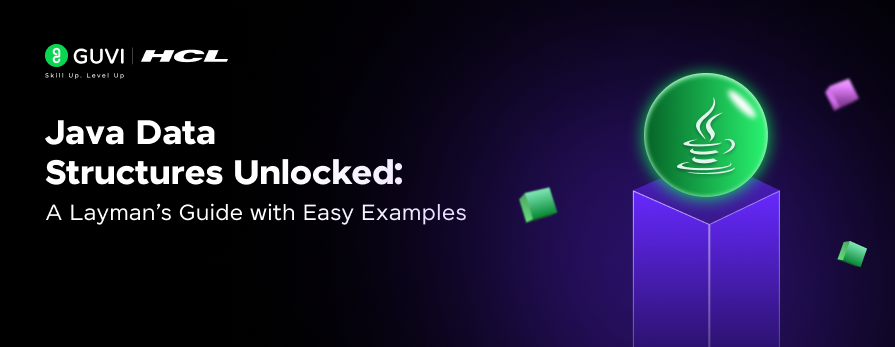
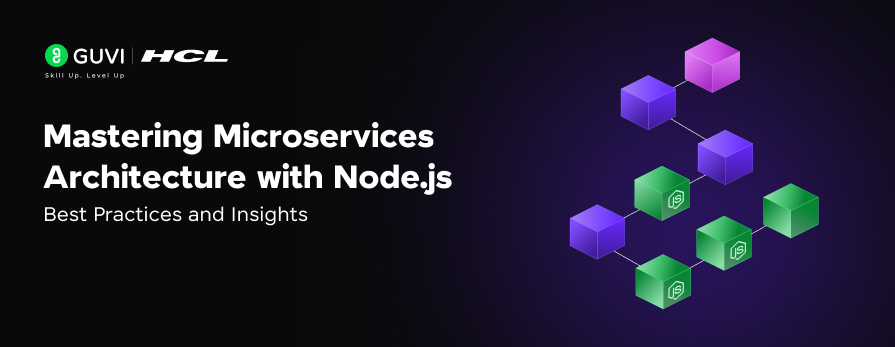
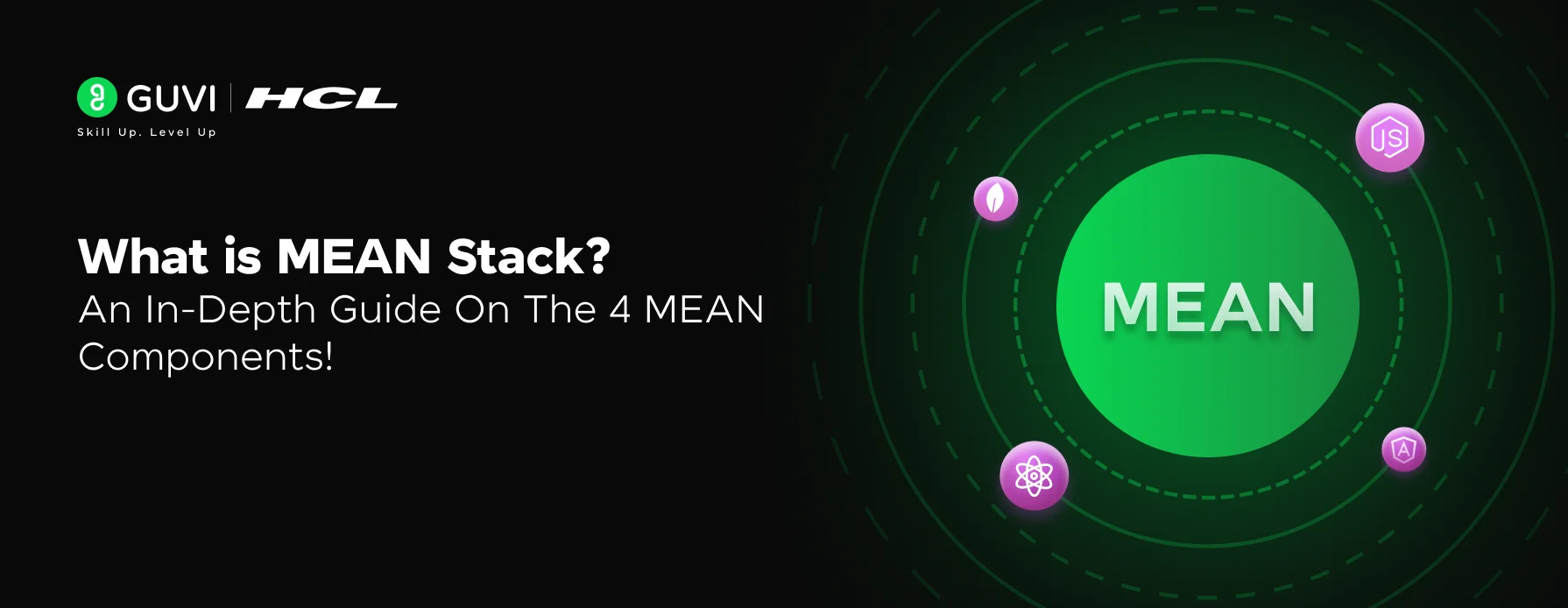




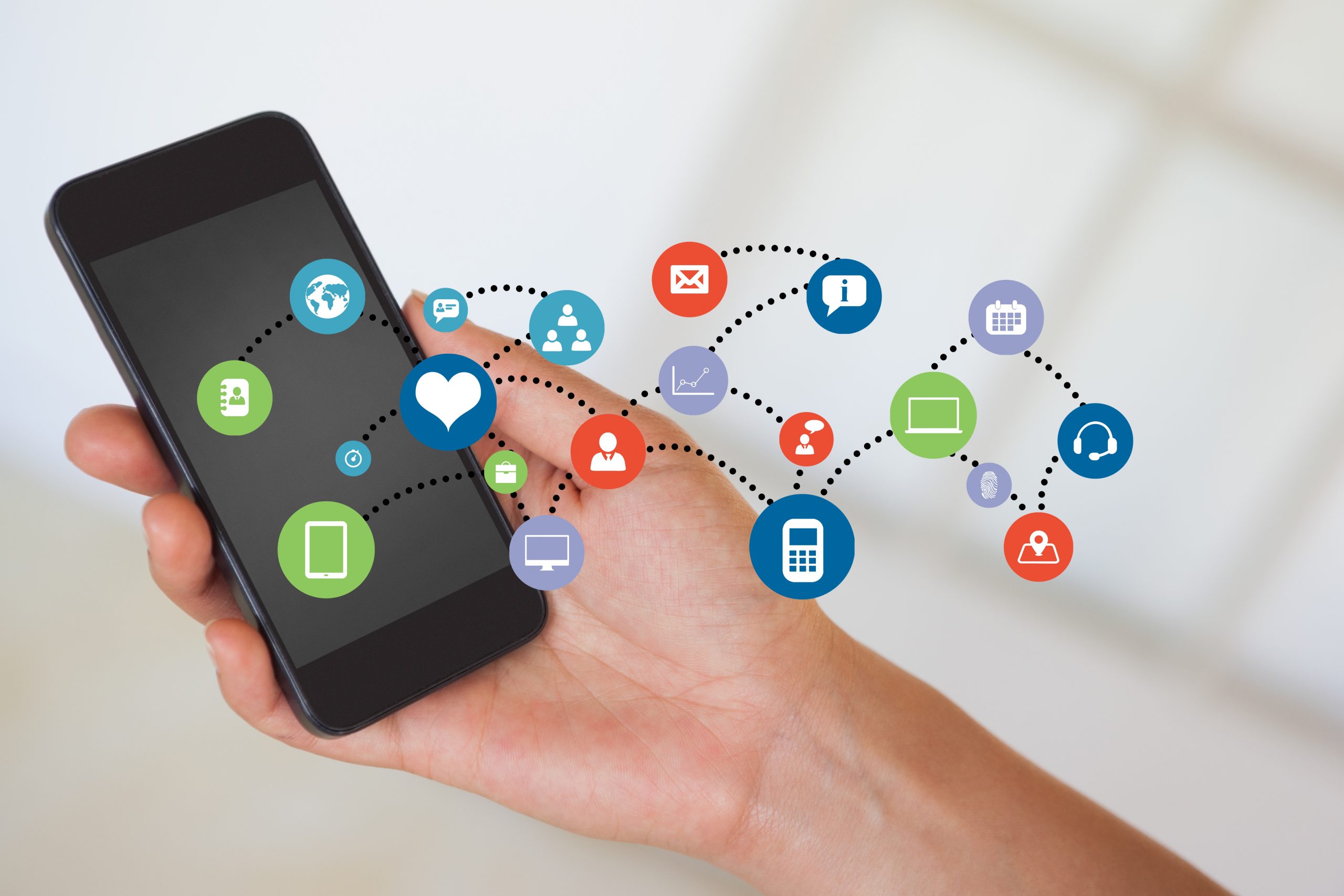


Did you enjoy this article?